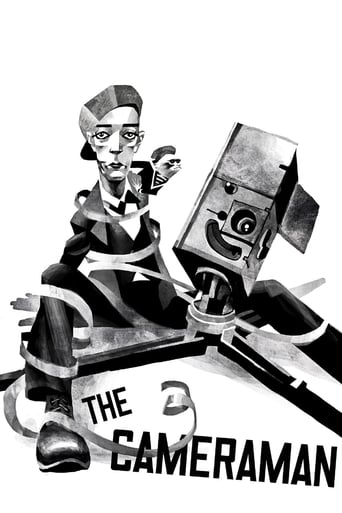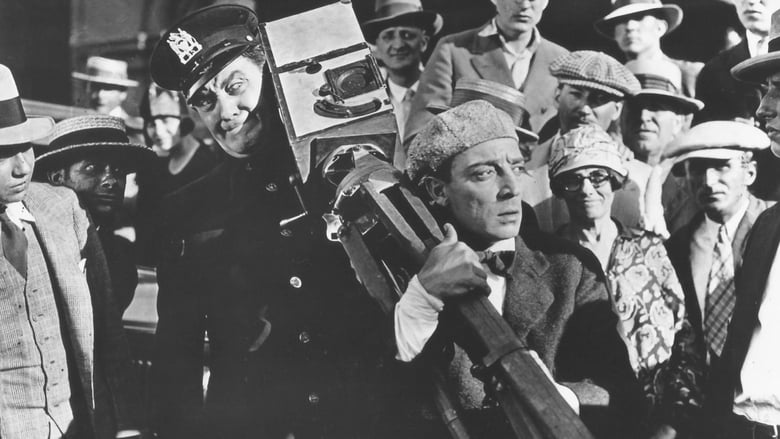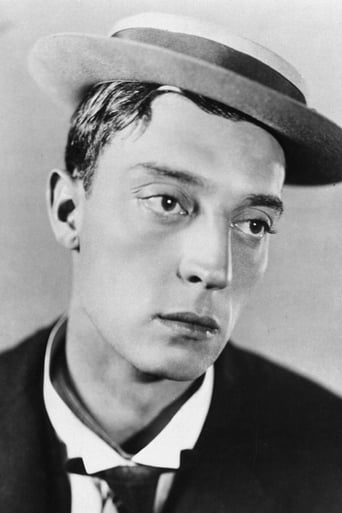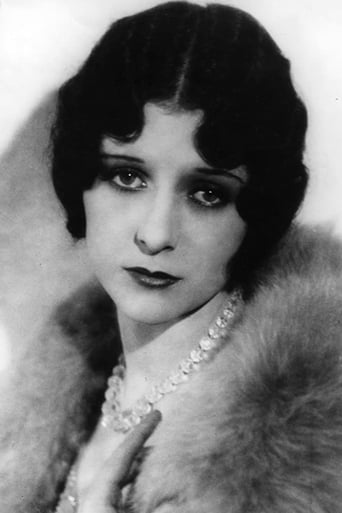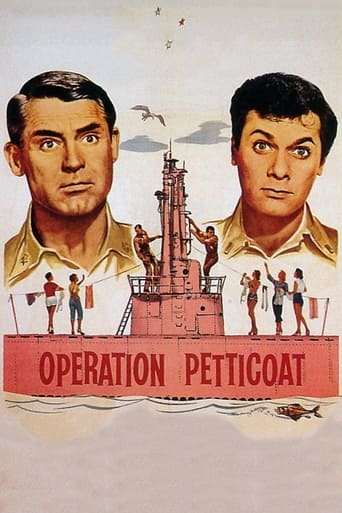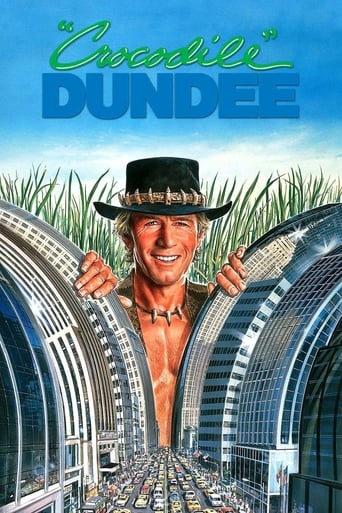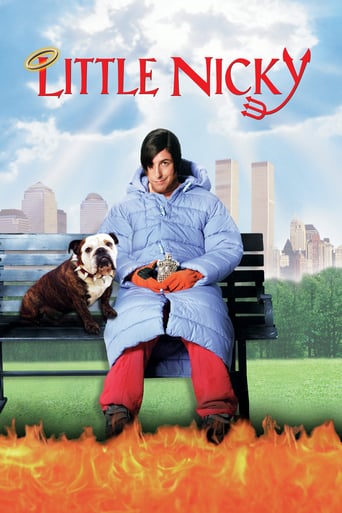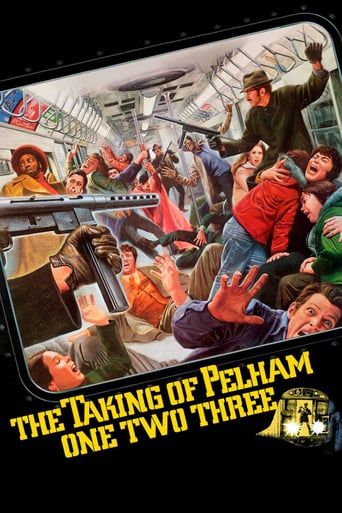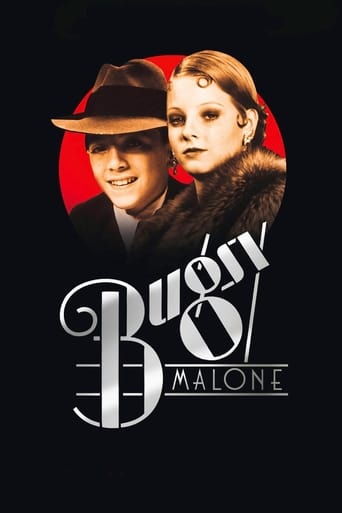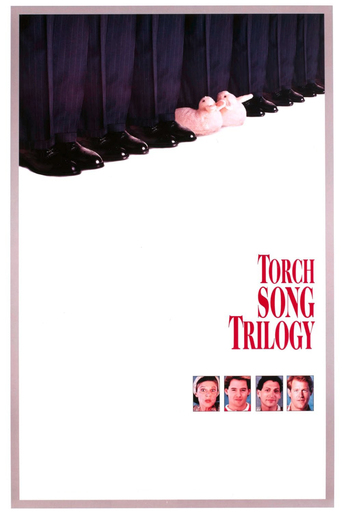The Cameraman (1928)
A photographer takes up newsreel shooting to impress a secretary.
Watch Trailer
Free Trial Channels
Cast


Similar titles
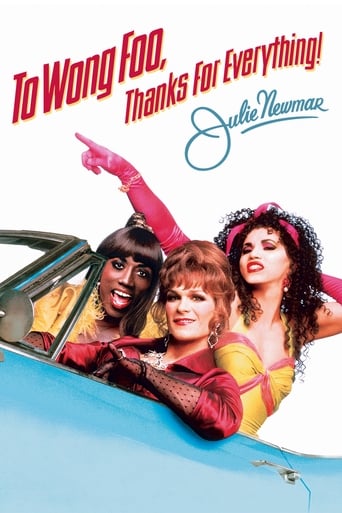
Reviews
Absolutely brilliant
The storyline feels a little thin and moth-eaten in parts but this sequel is plenty of fun.
One of the best movies of the year! Incredible from the beginning to the end.
A terrific literary drama and character piece that shows how the process of creating art can be seen differently by those doing it and those looking at it from the outside.
The Cameraman (1928) is Buster Keaton's last great film, before drink and MGM's misguided stifling of his creativity effectively ended his career as a director-star. It is about an aspiring newsreel man who seeks the love of a secretary at MGM studios (a little self-promotion never hurt Leo the Lion, it seems). He looks for any kind of action to capture on the streets, contends with a slimy rival for his lady love's affections, and befriends a monkey. Like Keaton's best films, we have his sly and dry humor, action scenes, and lots of imagination.Of course, the movie differs from Keaton's pre-MGM work in key ways: it is incredibly romantic in a way Keaton avoided being in his earlier work. The love stories in some of Keaton's earlier films are fraught with misery and seem to promise little lasting happiness for both partners. Other ones are more grounded though pleasant, such as in The Navigator and The General, where Keaton's heroes end up with feisty girls who are more like comic partners than passive love objects who wait impatiently for Buster to man up and win their respect. In TC, Marceline Day is a different sort of love interest for Keaton: she is sweet, an ideal, a light in the young cameraman's seemingly dreary and lonely existence. In The General or Sherlock Jr., the young hero is lovelorn but also independent. He can live with or without love, though he's willing to fight for love at all costs. Here Buster's character lacks that kind of toughness and seems more vulnerable. This vulnerability allows Keaton to show a little more tragedy in his acting than what we normally get to see and it is fascinating. No one who has ever seen this film can forget the "descent into the sand" scene, where Buster thinks he has lost the girl of his dreams forever. The heartbreak and longing in Keaton's eyes, hands, his posture are so potent that it shocks me that viewers still call him stone-faced and cold.But don't let us forget this is a romantic comedy and there are lots of laughs to be had. It's Keaton last great silent film, a sort of walk into the sunset for his golden age.
Buster (Buster Keaton) is a lowly sidewalk tintype portrait photographer in NYC. He is infatuated with Sally (Marceline Day) who is a secretary at MGM Newsreels. He needs his own camera to even get a trial so he spends his savings to purchase an old film camera from the pawnshop. The others laugh at his incompetent work but Sally admires his attempt and goes out with him. Sally gives him a tip and he stumbles onto a big shootout in Chinatown. The problem is that he forgets to put film in the camera but maybe the monkey switched out the film... The monkey... Harold takes Sally on a boat race and crash. Buster rescues Sally but when she wakes up, she thinks that Harold saves her. The monkey had filmed the rescue and the studio finds Buster's Chinatown film as well as the rescue. Sally discovers the truth and they live happily ever after (with the monkey?).Buster Keaton is at his stone-faced pratfall best. He is absolutely charming and hilarious. His stunts are terrific. He is the bumbling stunt machine as he keeps trying to impress Sally. He is the adorable poor sap.
. . . a decade before MGM got all uppity from GONE WITH THE WIND (which I always suspected was mostly filmed by junior members of the primate family, who probably also wrote the script for GWTW's mendacious opening scroll). As the title character of THE CAMERAMAN, Buster Keaton was hired to represent the average Tinsel Town filmmaker. He's a constant bumbler in this role, breaking MGM's stenciled glass door panel six times with his camera tripod. On one of his rare excursions outside, Keaton blindsides and knocks unconscious an organ grinder's Capuchin monkey. As soon as the abandoned midget primate regains consciousness, he commandeers Keaton's camera and shoots the "best footage" MGM's boss has "seen in years," despite being woozy and saddled with the most antique camera the city has to offer. Naturally, Specism prompts the MGM mogul to assume Keaton deserves all the credit, and the REAL cameraman finishes his big day out as an unsung (and unemployed) hero. Obviously, it turns out that THE COVE and BLACKFISH were not the first flicks to document mammal abuse!
The Cameraman should have marked the beginning of a long and productive association with MGM for Buster Keaton. In a sense it was the high point of his career. The film came out just as sound was being introduced in the cinema. I've always thought that Keaton's deep sad voice matched his doleful countenance perfectly and sound should have made him just like it did Laurel&Hardy. But it wasn't to be for a variety of reasons.Still The Cameraman is a silent classic that suits Keaton's style perfectly. He's a tintype photographer who after a funny encounter with a bunch of newsreel cameramen decided if he can't beat them, join them. He gets a newsreel camera and tries to show what he can do. Keaton's got a double motive not just the job, but he wants to win the heart of newspaper secretary, Marceline Day.The rest of the film is a succession of gags with the camera, and poor Buster's efforts to take pictures in some perilous circumstances. He also acquires an organ grinder's monkey after first thinking he killed him. The monkey proves to be a valuable pet. Funniest sequence is when he's sent to cover the Chinese New Year celebration and two rival tongs start a war on the spot.In these days where now photographs are taken from hand held cellphones, younger viewers might not get some of the problems with the bulkiness of those old movie cameras. Keaton has some hilarious moments dealing with the contraption.For baseball fans, there are shots of old Yankee Stadium where Keaton comes to photograph the game and finds the Yankees are in St. Louis playing the Browns. I wasn't sure that it wasn't a set at first until I saw the old Jerome Avenue IRT passing during a shot as Keaton does an impromptu baseball routine before the groundskeepers throw him out. This was Yankee Stadium the year after Babe Ruth set his record of 60 home-runs.Charles Lindbergh via some newsreel footage makes a guest appearance here during the finale. Talk about dying of thirst at a reservoir, that's about what happens to Keaton. You'll have to see the film to find out what I mean.A lot of the ideas that were used in MGM's famous screwball comedy of the Thirties, Too Hard To Handle with Clark Gable, Myrna Loy, and Walter Pidgeon can be found in The Cameraman. It's a comedy classic from Buster Keaton and regretfully one of his last.

